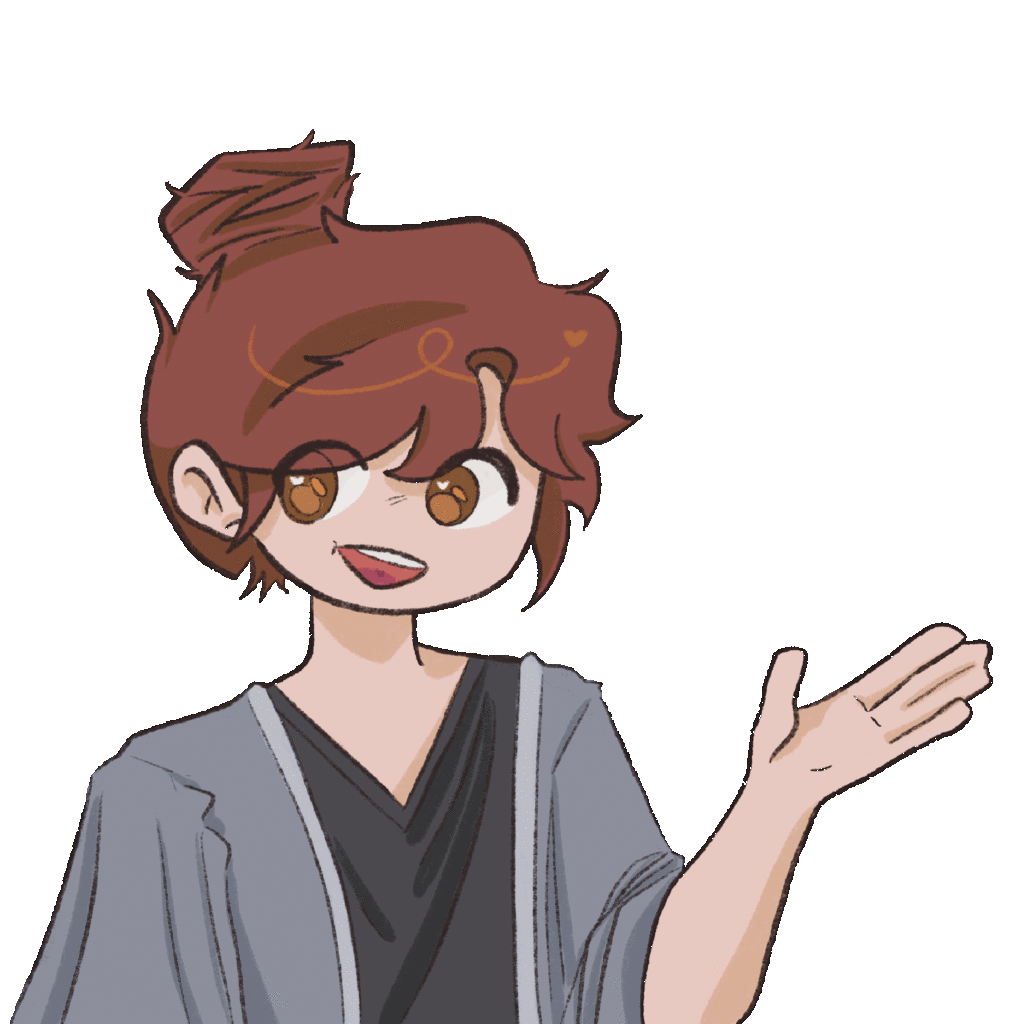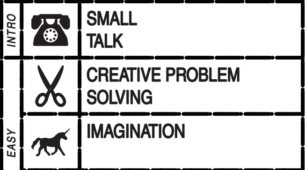The game I played this week is called Factory Balls It is a puzzle game where the user is tasked with painting a blank ball with the correct colors and designs given limited tools and capabilities. This game has been around for a while, initially being released online as a flash game on October 3rd, 2007 by Bart Bonte. This game was later made available on Steam on May 7, 2019. It’s highly accessible, with there being a downloadable Steam version, a Website version, an IOS phone app, but also on the Google Play Store, Itch.io, and Kartridge. I only experienced this game on my laptop, but given its simple mechanics, I can imagine this game being easy to play on a phone device as well. I don’t think this game would translate well to a gaming console unless there was some sort of competitive/online play component introduced. This is primarily because the capabilities might feel a bit lackluster and redundant over some time, in comparison to the other playable games on a console.
That being said, I think the intended audience of this game are kids to adults. It’s not a complex game to understand, but there could be very complex designs that are challenging for adults. So I think the entry level is definitely young kids with not a lot of ability to understand complex objects. If at the same time it could engage adults who enjoy puzzles.
The flow and mechanics of this game were quite simple. Paint. Put on an object. Take off objects. That’s it! When you first start the game, all those three mechanics are shown to you in a guided-tutorial. In the levels of the puzzle, there are more colors and more/different objects but being that the mechanics work the same. As you complete puzzles, the difficulty of each level gets harder and harder. They introduce new objects that impact the way paint is placed onto the ball, the factory ball. They also introduce layering of colors that are really difficult to get right on the first time. This idea of not necessarily explaining how each object works and introducing new objects and new colors and new patterns that are meant to be painted onto the balls opens up the room for exploration. This is where the puzzle part of this game comes out the most. It enables the user to test out new things and learn how new items can impact the way paint is sprayed onto the ball. For example, look at the image below
This is Level 5 of the game, or the level I spent 30 minutes on. For some reason, it was difficult for me to get the stripes properly placed on the ball. Each belt restricts paint from being painted on that stripe. And with the layering happening the way it is with blue underneath the red or red on top of the blue, it’s hard to get the proper color scheme. After maybe 20 to 25 minutes, I got the proper stripe pattern, but had the colors inverted.
That being said, the UI of the game is very very simple. The clear white background with the blue background of each object that you could interact with makes it very easy for the user to understand what they can and cannot interact with in the game. Also, the subtle 5 in the top right corner to indicate the level you’re on is a nice way of understanding how far you’ve progressed without it being a major disruption to the. Overall, it’s a very simple game. That’s easy to learn how to play, easy to follow, and accessible to all ages in my opinion. Touching based on last week’s ethical question regarding accessibility, the fact that this game doesn’t use any sound or words to explain the game, it is very accessible and bridges all language gaps successfully completing the puzzles. I find this to be very powerful.
Thinking back to the previous games we’ve played in Disgusting Class, the narrative of this game is quite non-existent. It’s very simple and direct. They provide balls in front of you, they provide paint, and they provide objects, and they provide three mechanics you can complete, and it’s your job to figure out how to paint the proper ball that they want you to paint. There’s no explanation as to why you’re doing what you’re doing or what you’re building towards. This puzzle game is very much rooted in completing levels and the narrative progresses as you complete levels.
This game doesn’t have the traditional puzzle look, but it is definitely a puzzle game. I do think it’s super interesting trying to think about how the mechanics of the puzzle(s) influence the experience of the game. The designers of the game don’t assume the players will be able to understand that covering the ball with an object before painting it will prohibit the paint from covering that portion of the ball. They show this in the tutorial. They do assume that the user will understand that different objects will impact the ball differently, and that the user understands how layering in painting works. That being said, this is quite a simple puzzle with there not being a lot of knowledge needed to understand the mechanics to lead a successful game.



